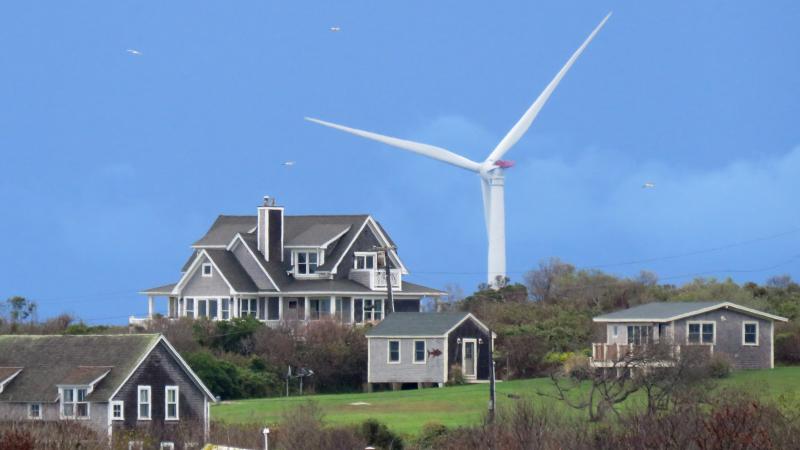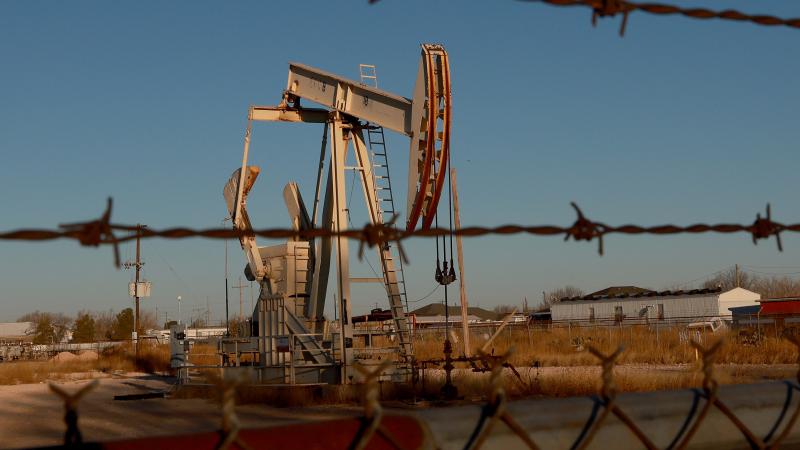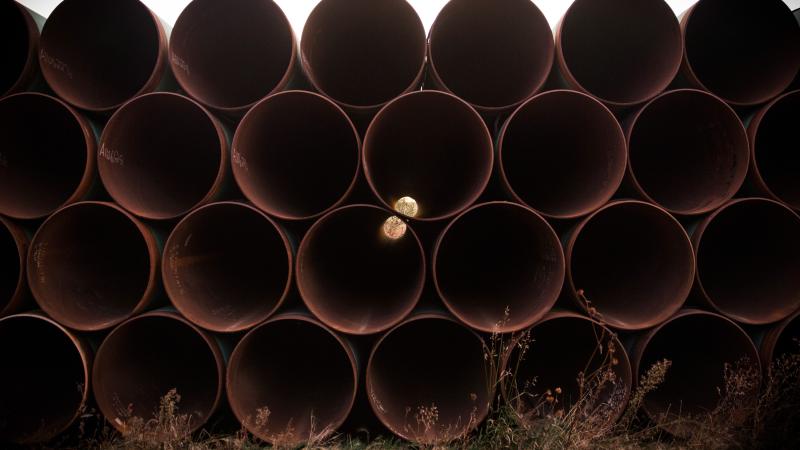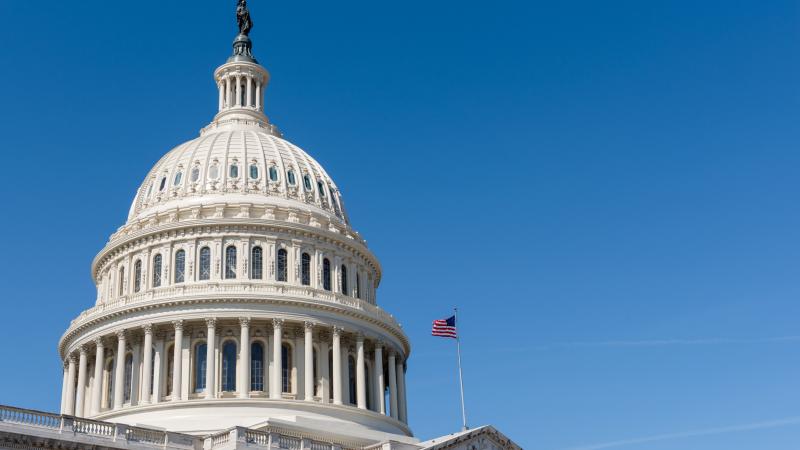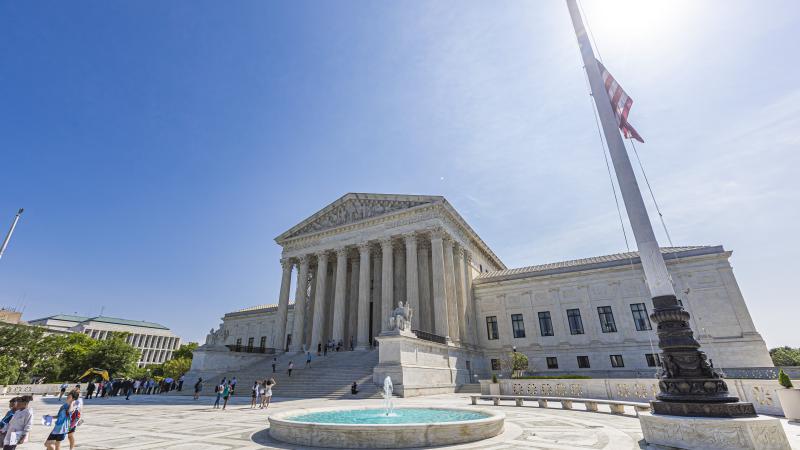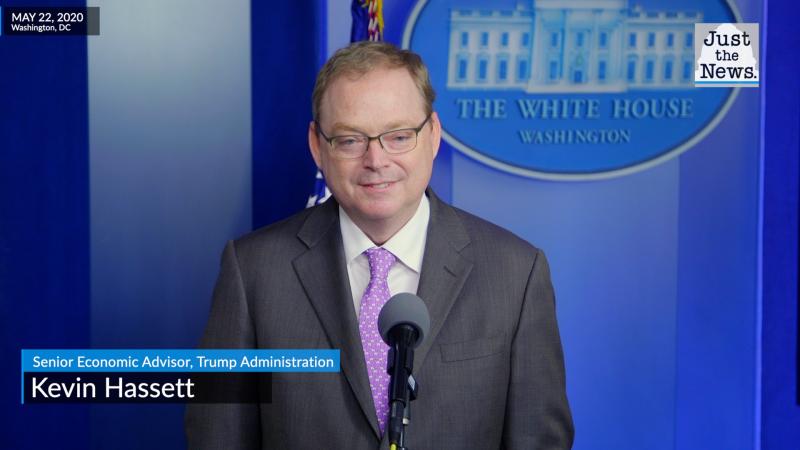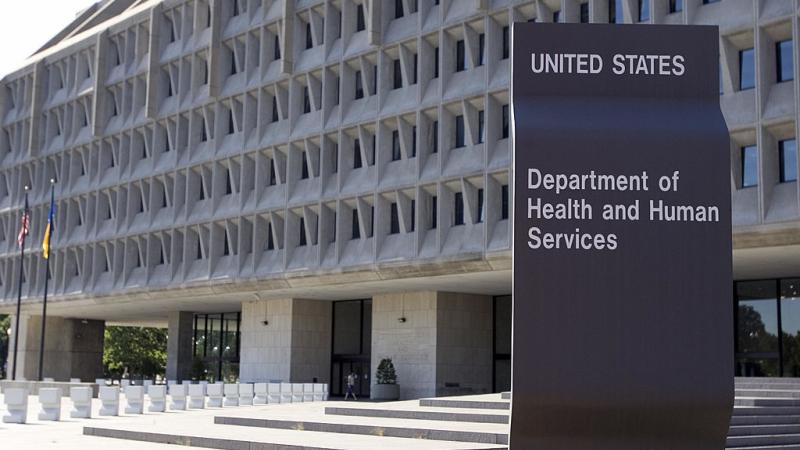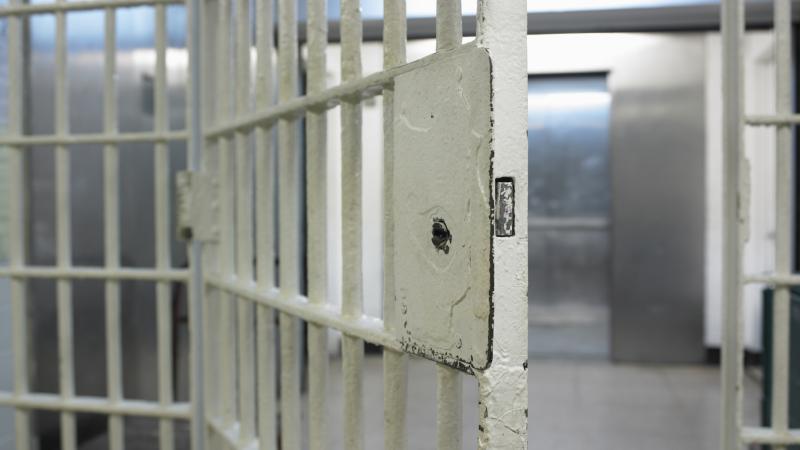‘Panic’ about funding freeze for renewable energy projects raises doubts they lower costs
If it’s true that renewable energy is cheaper than fossil fuels, then why would renewable energy projects flounder when federal funding is blocked?
President Donald Trump froze trillions of dollars in funding last month. Federal court rulings temporarily paused some of Trump’s orders, but numerous reports say if taxpayer funding is ultimately terminated, renewable projects will be in serious jeopardy.
During the Biden-Harris administration, President Joe Biden and the Democrats passed hundreds of regulations against the oil, gas and coal industries. The National Review noted that "President Obama’s entire “green jobs” agenda, noting that four out of every five “green” energy companies to receive taxpayer support were “run by or primarily owned by Obama financial backers.”
Despite the unfriendly regulatory environment, the U.S. is producing more oil and gas than any nation in history.
Renewable energy proponents often claim that wind and solar are cheaper than fossil fuels, and many have claimed that Trump’s actions will raise the cost of energy. If it’s true that renewable energy is cheaper, it seems odd that renewable energy projects would flounder when federal funding is blocked.
“What we're seeing is the eco-left movement proving in real time that their schemes cannot stand without taxpayer support. The free market should be deciding what products Americans do or don't want to buy, and not the government picking winners and losers. It's really simple,” Larry Behrens, communications director for Power the Future, told Just the News.
Media frenzy
The legacy media attacked Trump’s funding-freeze order immediately after it was announced. E&E News reported that Trump blocked $90 million in funding that the Hopi Tribe in Arizona was hoping to use for solar projects that would replace jobs lost after a coal plant closed in 2019. The projects would also, the tribe hoped, end blackouts that have caused food to spoil and medical equipment to malfunction.
Pennsylvania was hoping for $156 million to support a program that helps low-income homeowners install solar panels, according to The Philadelphia Inquirer. The upgrades, the Inquirer reports, would lower electric bills after the millions in taxpayer funding is doled out for the supposedly cheaper form of energy.
In an op-ed in the Reno Gazette Journal, former Nevada Lieutenant Gov. Kate Marshall claimed that wind and solar power were projected to drop Nevada’s electricity rates by 22% to 35% over the next 30 years. The claim includes a now-broken link to an article on the Department of Energy website, likely removed since Trump took office and Chris Wright replaced Jennifer Granholm as energy secretary.
Colorado Gov. Jared Polis declared that Trump is threatening “clean, affordable energy.” The Guardian reports the freeze is causing “panic,” and Newsweek reports that contractors stopped work on solar projects.
"Outlandish"
These are just a sample of the media reports and statements from officials spreading in the wake of Trump’s funding freeze. By contrast, the oil and gas industry under former President Joe Biden, who campaigned on a promise to “end fossil fuels,” saw production increase to record highs. Rather than raise doubt about the ability of intermittent wind and solar to replace fossil fuels and lower costs, the oil and gas industry’s success has been used to dispute that the Biden administration ever warred against the oil and gas industry.
“It's outlandish that the president declared an energy emergency at a time when the United States is producing more oil and gas than any country in history,” Rep. Kathy Castor, D-Fla., said during an Energy Committee meeting earlier this month, adding that the executive order would “ban lower-cost renewable energy sources like wind and solar.”
At a Natural Resources Committee Hearing last week, Rep. Yassamin Ansari, D-Ariz., said that Republicans were on board with an “all of the above” energy strategy until renewables started to win in the market.
“As clean energy began to threaten the fossil fuel market's dominance, it seems that the fossil fuel industry has gone on the offense. Because when you threaten the fossil fuel industry, they tend to wage war,” Ansari said.
It’s unclear why she believes the fossil fuel industry is threatened by wind and solar. In 2015, the U.S. got 84.11% of its primary energy from oil, gas and coal. After billions of dollars invested in renewable energy, that number dropped to 80.57% in 2023.
“Anything can be affordable, as long as the taxpayer is the one holding the bag. And the left eco-left movement has proved that time and time again. It is massive subsidies that have made these failed technologies quote-unquote affordable,” Behrens with Power the Future said.
Hidden cost of reliability
Renewable energy proponents often cite Lazard’s “Levelized Cost of Energy” when claiming that wind and solar are the cheapest forms of energy. The report, which released its 17th edition last summer, has been long criticized for excluding costs associated with making intermittent sources reliable.
A new study by the Texas Public Policy Foundation calculated the impact on Texas’ consumers of these hidden costs of wind and solar. The study found that the unpredictability of wind and solar added $2.3 billion in added energy costs for Texas ratepayers in 2023.
Dr. Brent Bennett, who co-authored the study, told Just the News that Texas provides an ideal case study in the impacts of wind and solar on costs. It has a large amount of both types of energy, and the Texas grid is separate from the rest of the country, which allows its consumption and generation to be isolated from other states.
“If you're going to do a case study from anywhere, Texas is really the best place to do it,” Bennett said.
Much of that $2.3 billion in added costs, according to the study, is the need for dispatchable power plants — which are coal-fired, natural gas-fired, and nuclear power plants — to be ramped up and down frequently and dramatically in response to the variability of wind and solar.
Bennett compared it to a car’s miles-per-gallon on the highway compared to the city, where it has to stop and start often. It makes it less efficient. It’s also like having a car that has no fuel costs but runs only 50% of the time. Even if you save on fuel, you have to keep an Uber on standby anytime your fuel-free car fails, adding costs to your transportation.
National conversation
Wholesale prices in Texas were 38% higher in 2023 than they were in 2019, the study notes, despite natural gas prices being near historic lows in 2023. Though the study focuses on Texas, Bennett said its findings are important to the U.S. as a whole.
“We felt like this was not only relevant, because we are the Texas Public Policy Foundation, but also relevant to the national conversation,” Bennett said.
One hidden cost the study doesn’t include is the cost of transmission lines. Because wind and solar farms are spread out over large areas, they need more transmission lines to transport energy from all the disparate farms to consumers. Bennett said a future Texas Public Policy Foundation study will look at those costs.
Renewable proponents are fighting to hold onto the billions in taxpayer support for wind and solar industries that the Biden administration fully supported. By claiming that Trump’s efforts to claw back the funding these industries relied on to survive and grow may be exposing how uncompetitive they are against the fossil fuel industries Biden had vowed to end.
The Facts Inside Our Reporter's Notebook
Links
- trillions of dollars in funding last month
- temporarily paused
- hundreds of regulations
- The National Review
- more oil and gas than any nation in history
- E&E News reported
- according to The Philadelphia Inquirer
- op-ed in the Reno Gazette Journal
- Jared Polis declared that Trump is threatening
- Guardian reports
- contractors stopped work on solar projects
- end fossil fuels
- president declared an energy emergency
- said during an Energy Committee meeting
- Natural Resources Committee Hearing last week
- dropped to 80.57% in 2023
- long criticized
- long criticized for excluding costs
- new study
- Texas Public Policy Foundation
- they need more transmission lines

